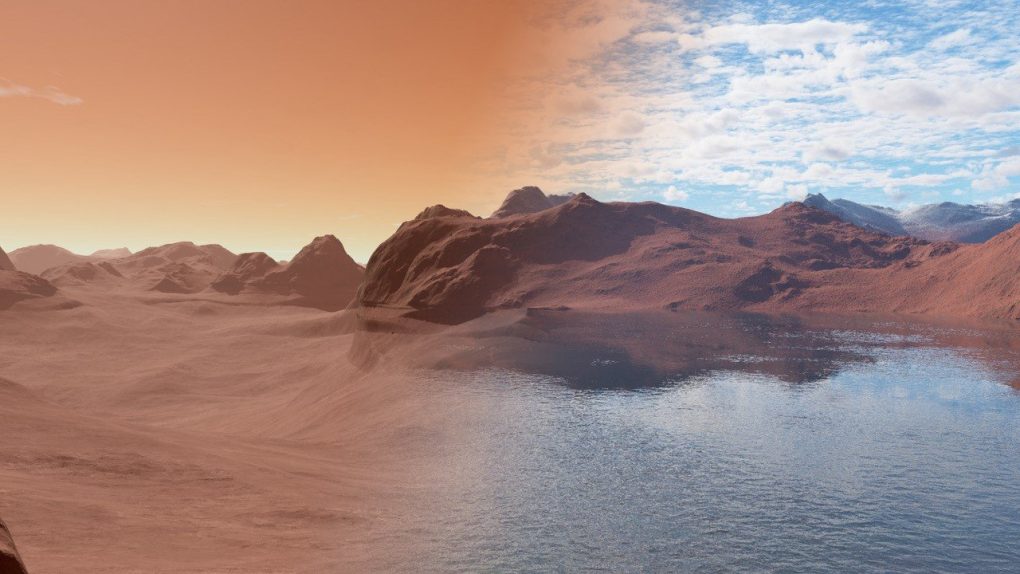Stop me if you’ve heard this one before: Scientists studying Mars think there might be life lurking on the Red Planet but can’t prove it yet. I know! It’s crazy how this keeps happening but just stick with me on this one because it’s actually pretty interesting.
Robotic rovers and landers from NASA and others have done a lot of poking around in the rock and dirt on Mars. Thus far they haven’t found anything that’s actually alive, though they’ve seen hints that life might have existed or even thrived there at some point millions or even billions of years ago. Now, a new research effort led by NASA’s Jet Propulsion Laboratory connected the dots, combining several past observations to determine that Mars likely still has a recipe to support life, but it’s just not on the surface.
In a new paper published in Nature Geoscience, the researchers explain that recent discoveries of oxidized rocks on Mars and the likelihood of subsurface lakes that remain on the planet combine to paint a picture suitable for life. The team believes that briny water beneath Mars’ surface could support animal life.
“We found something very surprising: Many brines can exist in different places on Mars,” Vlada Stamenkovic, lead author of the study, told Popular Mechanics. “They fully suffice to allow the aerobic breathing for microbes and even sponges, which are the simplest animals.”
What’s particularly interesting about this is that there’s really two ways to look at the possibility that subsurface water is currently supporting Martian life. If life is there, it could be a relatively recent development, taking root in the planet’s underground water where enough oxygen exists to support it.
Or — and this is the really wild dream — any Martian life that survives today might be all that remains of an ecosystem that was once vibrant. Scientists have long imagined Mars might once have been a whole lot like Earth, with a much more robust atmosphere and abundance of liquid water flowing across its surface. Mars might have been the ultimate alien oasis, and we just missed it by a couple of billion years.
Of course, we won’t know any of this until we can examine the planet in greater detail. The Mars 2020 mission will help with that, but we might not be able to truly tell the life story of the planet until we send astronauts there in person.








